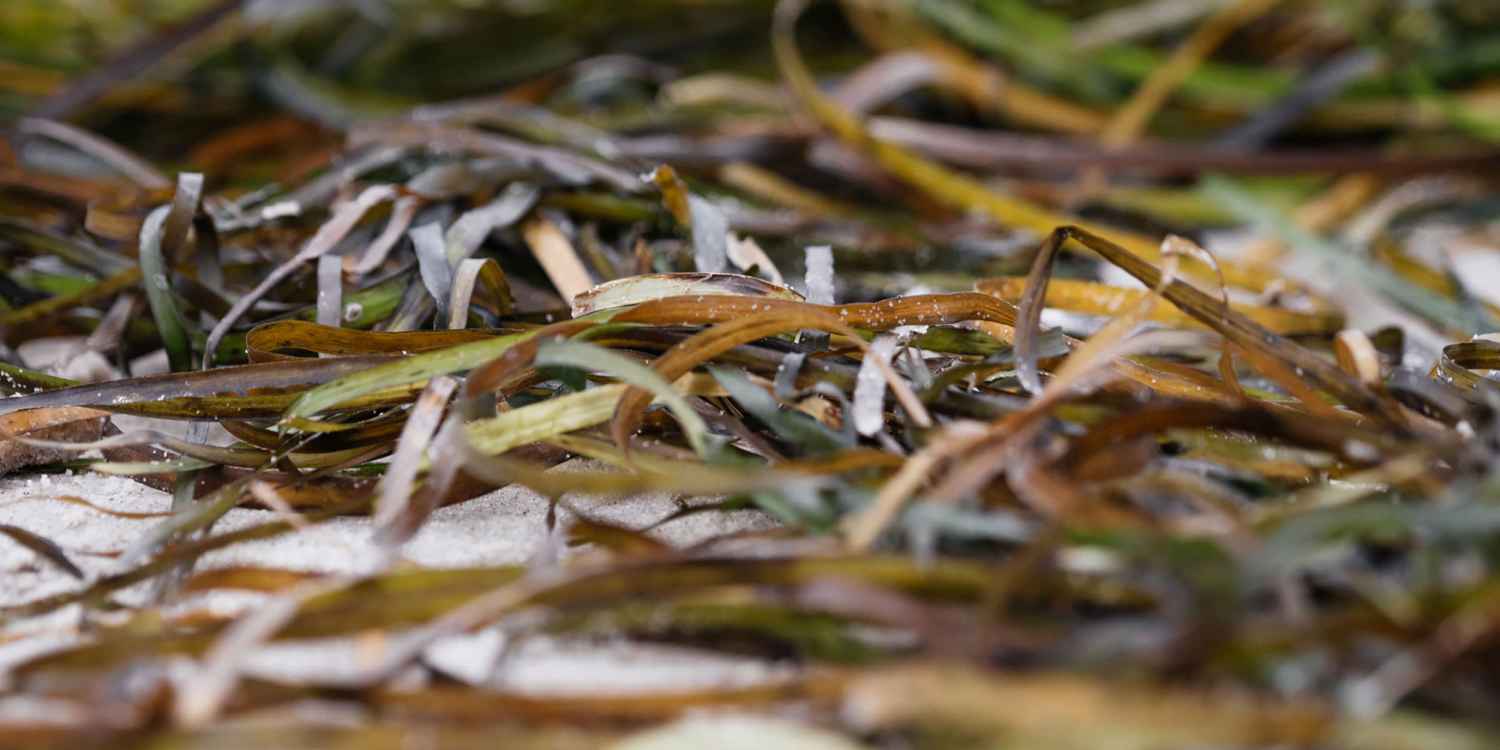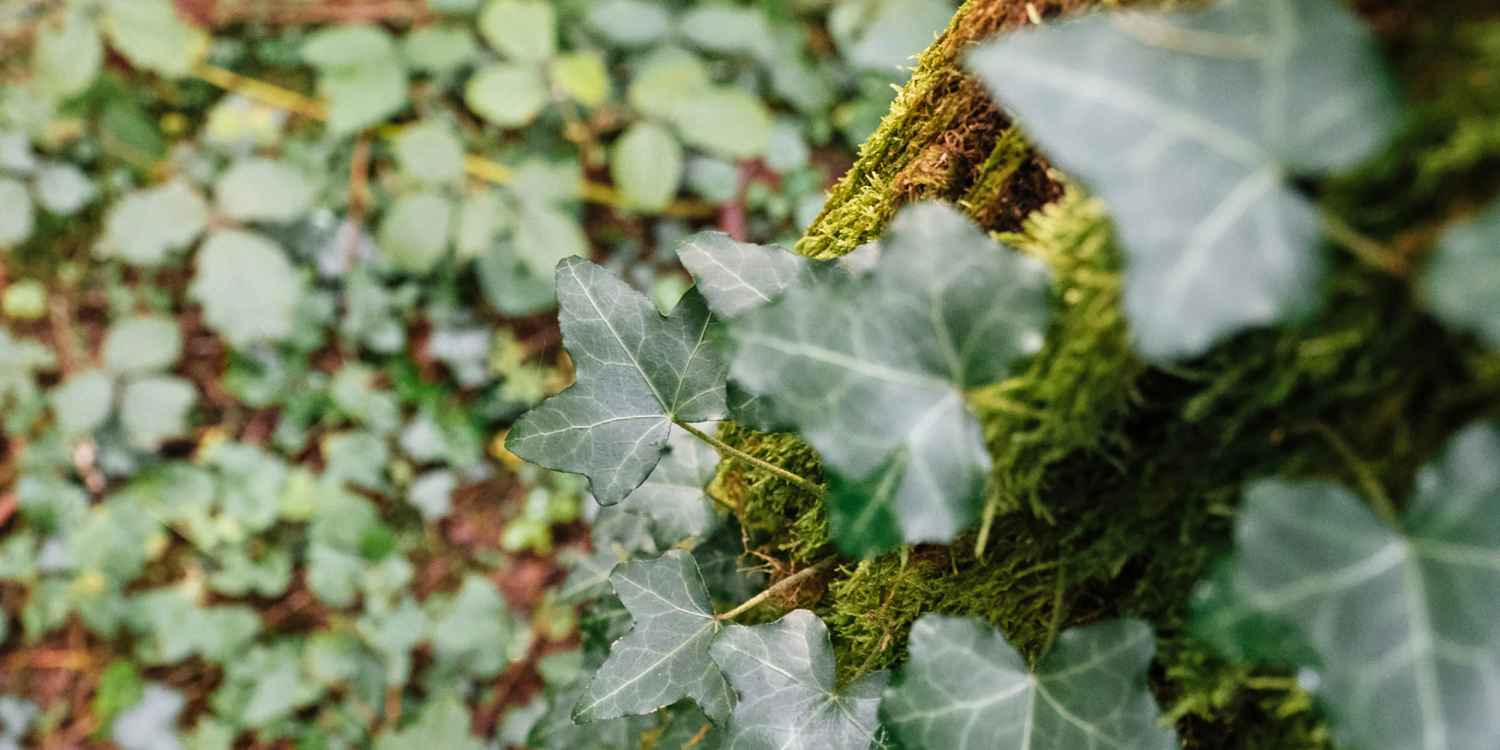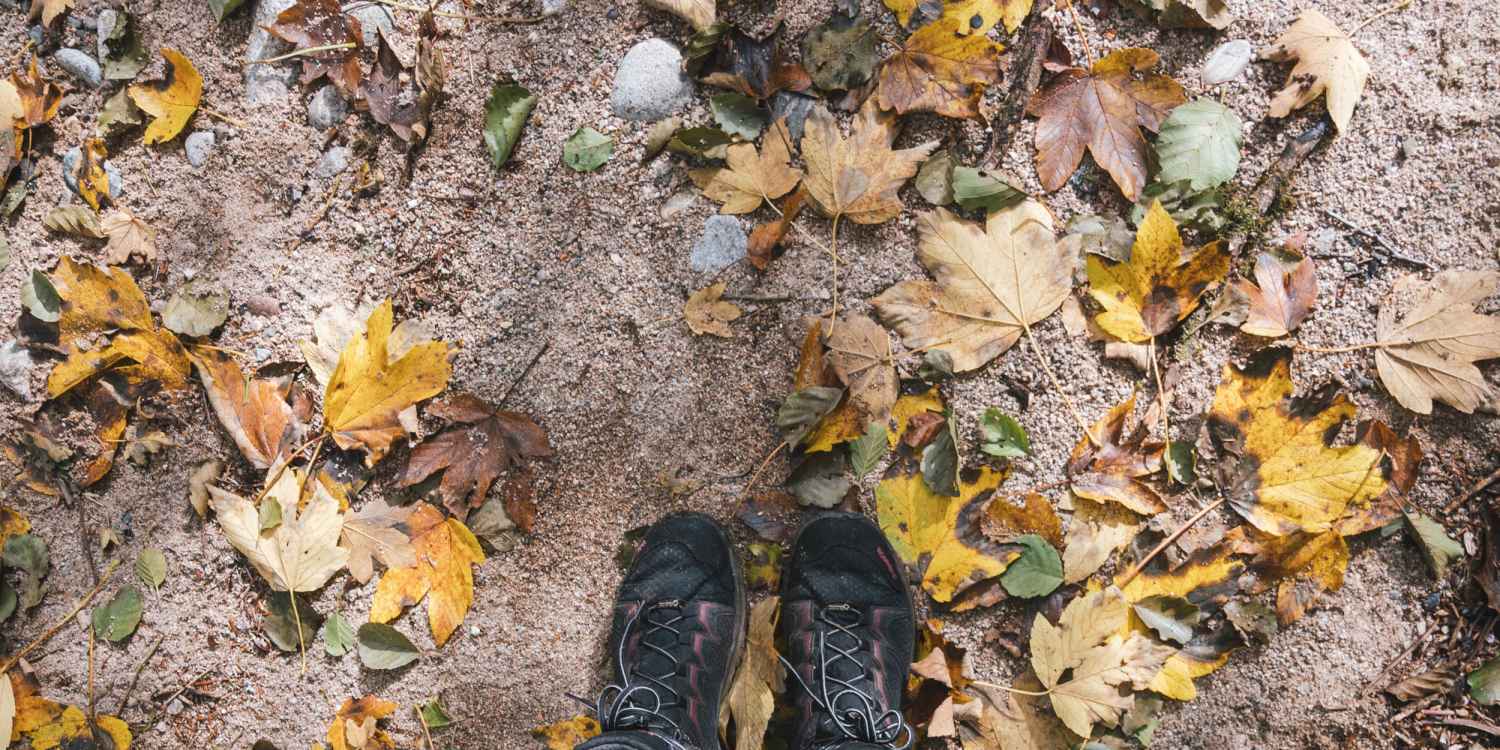Whoever wants to go wild at home doesn’t necessarily have to leave the house to feel the effects of nature. Studies have shown, for example, that patients in hospitals recover more quickly if they can see trees outside their windows from their beds. On a smaller scale, this can also work with a few green house plants, a bee-friendly flower box or a bird house on the balcony.
In this way, you not only create islands of green and interesting objects of observation for yourself but also do something for the wildlife around you. And once a family of blue tits has moved in and the wild bees are busy collecting pollen, you will be at least as happy as the animals are.
But remember: not all products sold in this category are really well suited for the intended purpose. For example, not every wildflower seed mix is really wild-bee-friendly and not every bird feeder is suitable for feeding birds. It’s best to always follow the official recommendations of nature conservation associations and similar organisations.







